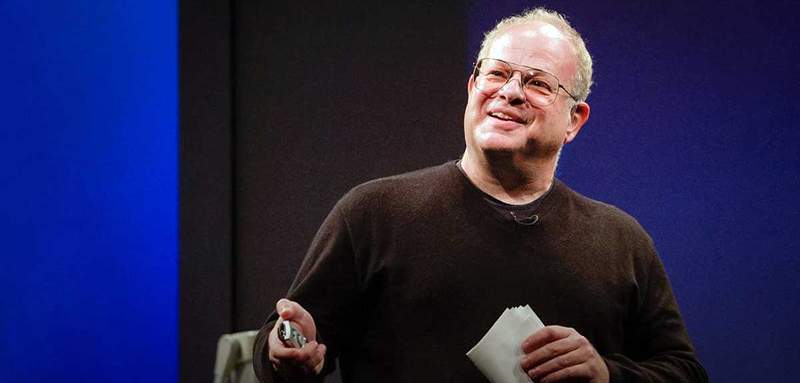Biography of Martin Seligman (1942)

- 3425
- 398
- Lorenzo West I
Martin Seligman is considered the father of positive psychology. He was born in Albany, in the state of New York, on August 12, 1942. He is a very prominent American writer and psychologist.
Seligman is also known for having designed experiments on the helplessness learned and the relationship of this with depression. But their Contributions to the field of positive psychology They are the ones that have made him gain greater notoriety.
Martin Seligman's biography
Since the end of 2005, Seligman directed the Department of Psychology of the University of Pennsylvania; He had previously held the position of president of the American Psychology Association (APA), since 1996.
In addition, it was the first editor chief of the bulletin Prevention and Treatment Magazine. He has also written several books that have become super sales, such as The Optimistic Child, Learned Optimism, Authentic Happyiness and What You Can Change and What You Can't.
Martin Seligman studied at the public school and at the Albany Academy. He graduated as a psychologist at Princeton University, with Summa Cum Laude.
Once licensed, Seligman received three offers from different universities: analytical psychology at Oxford University; Animal Psychology at the University of Pennsylvania or join Brigde's group at the same university. Seligman chose the second option and did a doctorate in psychology in 1967.
In his different books, Martin Seligman has come to make known the different adversities he has had to face in life, such as his parents' disease, which became an impulse for the development of his postulates.
Seligman's main experiments, as well as their theory of learned helpless.
Seligman and his colleagues, by accident, discovered that the experimental conditioning protocol they had used with dogs, produced unexpected behaviors, since the dogs had not previously learned to escape from an unpleasant situation, so Seligman continued to expand their theory.
Thus, Seligman concluded that The learned helpless, especially after having experienced some inability to avoid an adverse situation, although there was the power to change the harmful situation.
Seligman observed similarly to depressed patients and concluded that clinical depression and other mental illnesses were as a product of a perceived absence about the control of the result of a situation.
Another of Martin Seligman's contributions embodied them in his book Authentic Happyiness, in which he considered that happiness was made up of positive emotions, commitment and meaning.
Other contributions from Martin Seligman
Martin Seligman worked with another colleague to create the counterpart of the diagnostic and statistical manual of mental disorders (DSM). That is, while the DSM focused on what could go wrong, they designed a plan about what could go well.
They analyzed several cultures over time to extract a list of virtues that had been valued in ancient China and India, through Greece and Rome. These are, courage, humanity, justice, temperance and transcendence.
Each of these virtues includes another component. In the case of temperance, forgiveness is included, for example. Humility, prudence and self -regulation are also considered.
Martin Seligman, in his book Flourish, described the well -known theory of well -being, according to which there are five elements, known today as the perma model.
Martin Seligman has appeared in various media, contributing his opinion on true happiness and his well -being model.
56 famous phrases by Martin Seligman
Bibliography
- Seligman, m. AND. (2017). Authentic happiness. B of Books.
- Seligman, m. AND. (2014). Learn optimism: make life a wonderful experience..
- Seligman, m. AND. (2016). Flower: the new positive psychology and the search for well -being. Express Ocean.
- Seligman, m. AND. (2014). Optimistic children.

